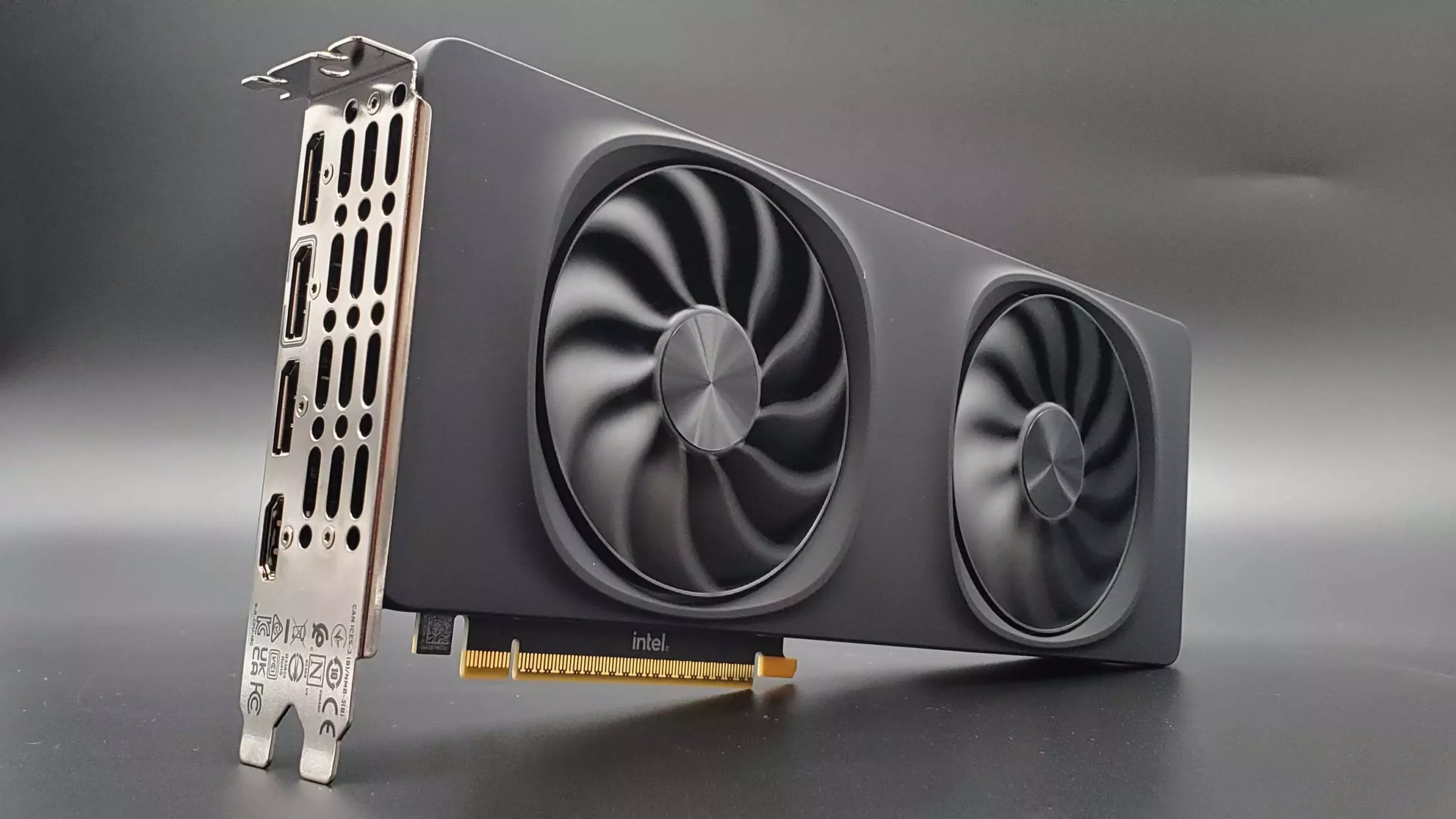The gaming industry is always on the verge of evolutionary breakthroughs, especially when it comes to graphics processing units (GPUs). Recently, an intriguing mention of Intel’s upcoming Battlemage G31 GPU has surfaced, sparking excitement among gamers and PC enthusiasts alike. Imagine a graphics card capable of performing at a level comparable to Nvidia’s RTX 5070, but priced at around $400—the desire for such a product has been nearly universal. While the idea of an affordable powerhouse has gamers’ hearts racing, it is essential to weigh the current state of Intel’s capabilities against the brutal realities of market competition.
What We Know About the G31 GPU
According to recent findings from an observant user on X (formerly Twitter), a shipping manifest listed an Intel BMG-31 GPU as part of an R&D project. This situation raises questions about Intel’s intent. Was this simply a research item, or is it a precursor to a retail offering? The speculative nature of this discovery leaves both excitement and skepticism in its wake. Notably, this variant is rumored to feature an upgraded architecture with 32 execution units (EUs), compared to the 20 EUs present in its predecessor, the Arc B580. This leap in specifications suggests that the G31 could potentially deliver a 50% performance improvement, making it a formidable competitor to established players like Nvidia and AMD.
The Competitive Landscape
One of the most glaring challenges facing Intel’s G31 is the rapidly evolving GPU market. The looming presence of upgraded offerings from Nvidia and AMD creates a competitive landscape that is not only fierce but also unforgiving for new entrants. If Intel dawdles in bringing the G31 to market, it risks having its offering fall flat against more refined, next-gen products that could emerge sooner than anticipated. As it stands, the clock is ticking, and a 2025 launch seems increasingly necessary for Intel to maintain any semblance of relevance in the mid-range GPU segment. This scenario raises the stakes and emphasizes the urgency for Intel to act decisively, lest it be left trailing in a race where gamers are eager for immediate solutions.
Features That Could Set G31 Apart
Despite these challenges, there are notable advantages that Intel’s G31 could leverage, assuming it indeed makes its way to market. The existing B580’s capabilities, particularly in ray tracing and the implementation of XeSS upscaling technology, create a solid foundation for the G31. If it can retain and refine these features, Intel could position itself as a game-changer—offering top-tier graphics performance at an accessible price point. A GPU that can deliver superior visuals in popular titles while remaining affordable would undoubtedly resonate with a vast audience of gamers, who are often seeking to maximize their gaming experience without breaking the bank.
The Psychological Impact on Gamers
The prospect of a new GPU that provides great value represents more than just a technical evolution; it embodies a psychological shift in the gaming community. Traditionally, high-performance GPUs have commanded premium prices, often placing them out of reach for casual gamers. A well-priced G31 model could instigate a paradigm shift, allowing a broader demographic to experience exceptional graphics performance. This change could not only expand Intel’s consumer base but also contribute to a more vibrant gaming ecosystem, where immersive graphics are not restricted to those with shallow pockets.
Anticipation Versus Reality
As enticing as the prospect of the G31 is, it’s important to bear in mind that anticipation can often lead to disillusionment. The whispers surrounding potential cancellations and the current listing as an R&D project only serve to highlight the uncertainty of its fate. Until Intel clarifies its plans and moves toward a definitive launch, this remains a tantalizing glimpse into what could be—instead of what is. Gamers and industry observers alike will have to keep their enthusiasm in check, balancing their hopes with the reality that powerful products aren’t just about specifications; they must also be backed by timely execution and strategic marketing.
In this fluctuating digital age, the world of gaming hardware continues to inspire dreams and aspirations, with each revelation hinting at innovations just beyond the horizon. The weeks and months to follow promise to be crucial for Intel, and for gamers yearning for that perfect balance of performance and price.


Leave a Reply